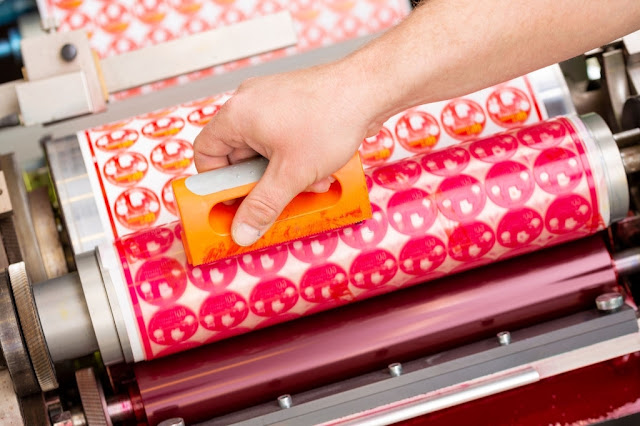Title: How Do Membrane Keyboard Switches Work
Introduction:
In today's digital age, keyboards have become an indispensable tool for communication and productivity. Among the various types of keyboards available, membrane keyboards have gained popularity due to their affordable price and durability. They are widely used in computers, laptops, and even some gaming peripherals. But have you ever wondered how these membrane keyboard switches work? In this blog, we will dive into the mechanics behind membrane keyboard switches and explore their functioning in detail.
Understanding Membrane Keyboards:
A membrane keyboard is composed of several layers, including a top membrane layer, a bottom membrane layer, and a conductive layer in between. These layers work together to register keystrokes and send electrical signals to the device.
Top Membrane Layer:
The top membrane layer is typically made of a flexible, transparent material like polyester. It contains a set of symbols, letters, and numbers printed on its surface, which represent the keys on the keyboard. Each key has a corresponding domed or flat tactile switch.
Bottom Membrane Layer:
The bottom membrane layer is also made of a flexible material, usually rubber or silicone. It contains conductive traces arranged in a grid pattern. These traces are designed to form an electrical circuit when pressure is applied to the top membrane layer.
Conductive Layer:
The conductive layer is sandwiched between the top and bottom membrane layers. It consists of a thin, conductive material, such as graphite or carbon. This layer helps to establish electrical contact when a key is pressed, completing the circuit and registering a keystroke.
Working Principle:
When a key is pressed on a membrane keyboard, the top membrane layer flexes downward. This causes the top layer's dome or pad to make contact with the conductive layer beneath it. The conductive layer, in turn, connects the appropriate circuit traces on the bottom membrane layer. This completion of the circuit sends an electrical signal to the keyboard's controller, which then communicates with the computer or device, registering the keystroke.
Different Types of Membrane Switches:
Membrane keyboards can have different variations in their design, resulting in different types of membrane switches. Here are two common types:
Tactile Membrane Switches:
Tactile switches provide a physical feedback mechanism to the user upon pressing a key. These switches have a dome-shaped top membrane layer that collapses when pressed, creating a tactile sensation and an audible click. They give the user a satisfying "click" feel, similar to mechanical keyboards.
Non-Tactile Membrane Switches:
Non-tactile switches, also known as flat membrane switches, lack the physical feedback of tactile switches. They have a flat top membrane layer, which does not provide a distinct tactile sensation or audible click. Non-tactile switches are quieter and have a smoother typing experience.
Advantages of Membrane Keyboards:
Membrane keyboards offer several advantages, including:
Cost-effective: Membrane keyboards are generally less expensive compared to mechanical keyboards, making them an affordable choice for many users.
Durability: Membrane keyboards are designed to be durable and withstand heavy usage. Their sealed structure makes them resistant to spills and debris.
Quieter Operation: Non-tactile membrane keyboards produce less noise during typing, making them suitable for quiet environments.
Conclusion:
Membrane keyboard switches are the backbone of many keyboards in use today. Their ingenious design, incorporating flexible layers and conductive materials, enables efficient and reliable typing. Whether you prefer the tactile feedback of dome switches or the smoothness of flat switches, membrane keyboards offer an affordable and durable solution for your typing needs. So, the next time you type on a membrane keyboard, take a moment to appreciate the technology that makes it all possible.




Comments
Post a Comment